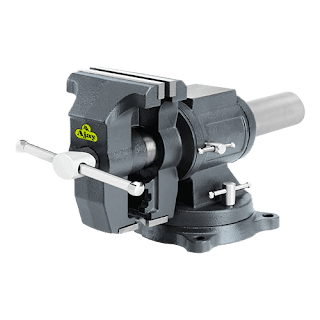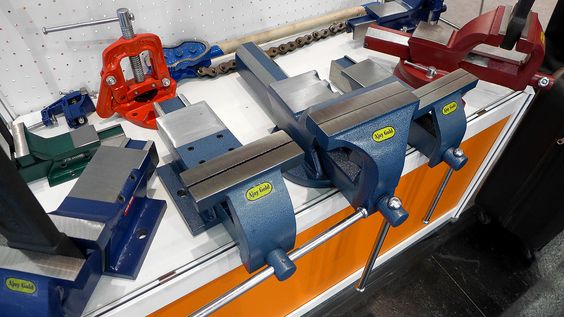The Versatile Workhorse: The Bench Vise by Ajay Tools

A workshop or garage is a place where creativity, innovation, and craftsmanship come together. Whether you are a DIY enthusiast, a professional mechanic, or a skilled woodworker, having the right tools is essential to bring your ideas to life. One such indispensable tool that every craftsman should have in their arsenal is the Bench Vise. And when it comes to reliability and quality, Ajay Tools or Ajay Vices stands tall as a trusted name in the industry. Understanding the Bench Vise A Bench Vise is a mechanical device designed to hold an object firmly in place during various tasks, such as sawing, filing, drilling, sanding, or any application that requires a stable work surface. It consists of two parallel jaws, one fixed and the other movable, which are brought together by a screw mechanism. The movable jaw can be adjusted to accommodate different sizes of objects, while the fixed jaw remains securely attached to the bench or worktable. The Role of a Bench Vise in Your Workshop Secur...

